
12,000-Year-Old Çayönü Tepesi Reveals Neolithic Grid Structures and a Bronze Age Water Channel
New archaeological discoveries from Çayönü Tepesi, one of the most significant Neolithic sites in Southeastern Türkiye, have brought fresh insights into early settled life. Excavations in the eastern section of the site have unearthed four grid-planned buildings dating to the Neolithic period (10,200–6,500 BCE) and a water channel from the Early Bronze Age (3100–1100 BCE).
Under the direction of Assoc. Prof. Dr. Savaş Sarıaltun of Çanakkale Onsekiz Mart University, a team of 60 researchers is conducting the 2025 excavation season, covering an expanding area that is expected to reach 1,500 square meters by the end of the year.
Grid-Planned Structures Shed Light on Early Social Organization
The discovery of four well-preserved grid-plan buildings offers new understanding of spatial planning and daily life in the 9th millennium BCE. Found in the site’s eastern area, these structures expand our knowledge of the settlement’s full extent, suggesting a broader and more organized habitation than previously documented.

According to Sarıaltun, “The frequency of these grid structures in the eastern zone helps us interpret settlement strategies, spatial use, social grouping, and the variety of goods produced by Neolithic communities.”
📣 Our WhatsApp channel is now LIVE! Stay up-to-date with the latest news and updates, just click here to follow us on WhatsApp and never miss a thing!!
Early Bronze Age Water Channel Indicates Advanced Infrastructure
Archaeologists also uncovered a ceramic pipe system—believed to be either a clean water supply or a waste disposal channel—dating to the Early Bronze Age. Constructed using interlocking terracotta segments and lined with stonework, the canal reflects a high level of engineering sophistication for its time.
“This type of channel would not have been built for ordinary domestic use,” said Sarıaltun. “It suggests the presence of a centralized authority or elite group capable of organizing such construction—likely for a special-purpose complex.”
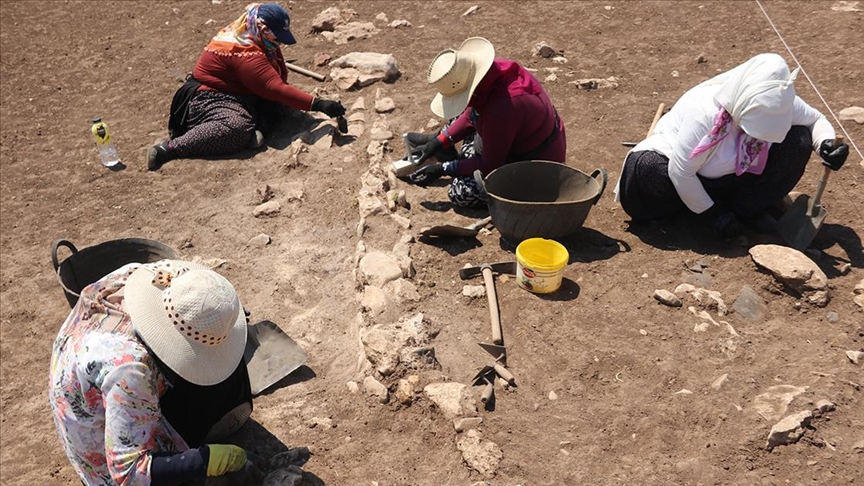
Artifacts of Craftsmanship: Copper Tools, Malachite, and Beads
Excavators also discovered malachite fragments, copper objects, and dozens of ornamental beads in varied shapes—single-holed, double-holed, square, almond-shaped—revealing a developed culture of craftsmanship and aesthetic expression. To date, 14 copper artifacts have been identified, with expectations of more emerging in the coming weeks.

Sarıaltun emphasized the significance of these finds: “These materials point to a highly skilled society. The presence of both raw materials and finished products on-site indicates local production and mastery of early metallurgy.”
Çayönü Continues to Transform Our Understanding of Prehistory
Çayönü Tepesi, first excavated in 1964, is a globally recognized site where humanity’s shift from hunting-gathering to agriculture and permanent settlement is vividly documented. After a hiatus due to security concerns, excavations resumed a decade ago and continue to produce groundbreaking discoveries each year.
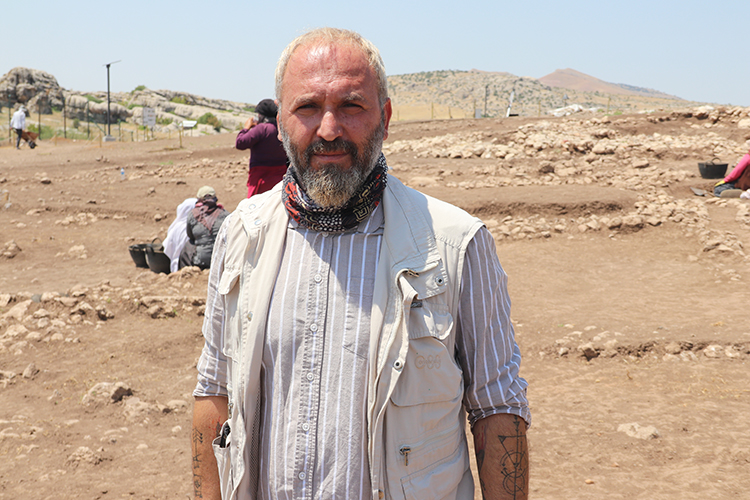
“Even halfway through the 2025 season, we’ve already uncovered twice as many finds as last year,” said Sarıaltun. “Each excavation phase at Çayönü opens a new window into prehistoric life.”
With its deep cultural layers and continuous occupation into the Early Bronze Age, Çayönü stands as a monumental site for understanding the origins of urban planning, craft specialization, and water management in early Anatolian societies.
Cover Photo: Archaeologists, students, and local workers collaborate on the 2025 excavation season at Çayönü Tepesi, unearthing traces of early Neolithic architecture and Bronze Age infrastructure. Mehmet Sıddık Kaya/AA
You may also like
- A 1700-year-old statue of Pan unearthed during the excavations at Polyeuktos in İstanbul
- The granary was found in the ancient city of Sebaste, founded by the first Roman emperor Augustus
- Donalar Kale Kapı Rock Tomb or Donalar Rock Tomb
- Theater emerges as works continue in ancient city of Perinthos
- Urartian King Argishti’s bronze shield revealed the name of an unknown country
- The religious center of Lycia, the ancient city of Letoon
- Who were the Luwians?
- A new study brings a fresh perspective on the Anatolian origin of the Indo-European languages
- Perhaps the oldest thermal treatment center in the world, which has been in continuous use for 2000 years -Basilica Therma Roman Bath or King’s Daughter-
- The largest synagogue of the ancient world, located in the ancient city of Sardis, is being restored

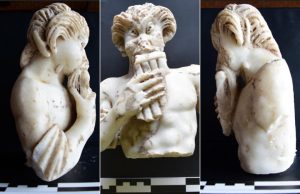
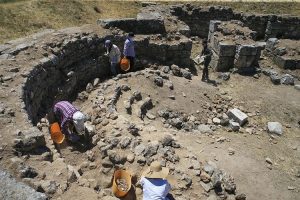
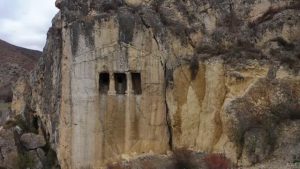
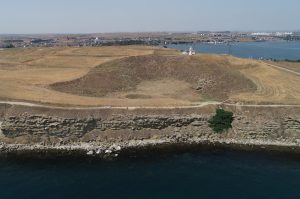
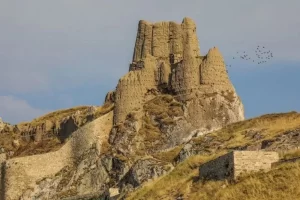
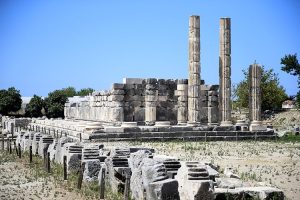


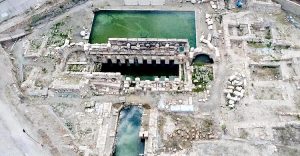
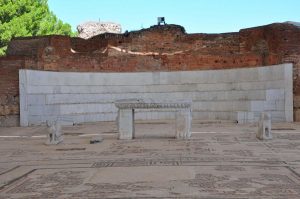
Leave a Reply